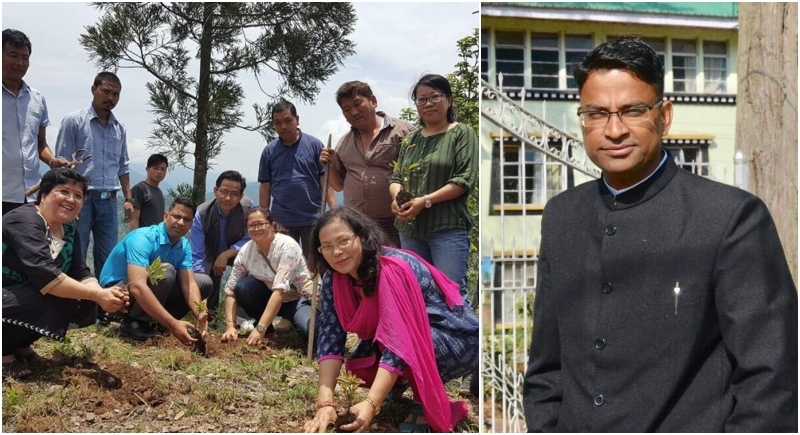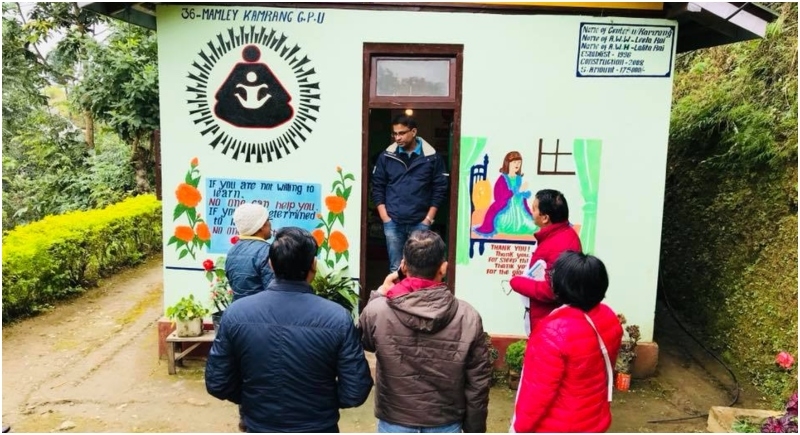Noble idea, noble cause! IAS officer from Sikkim transforms lives of 7500 by adopting five villages
Gangtok, March 23: Children running on streets on late evening, educated with right essence of knowledge to built in a new future; all this is possible if you are guided rightly. Coming forward with a noble idea, this IAS officer in Sikkim has transformed lives of South Sikkim’s Rongbul village. By adopting almost five villages under the Sansad Adarsh Gram Yojana which was launched a way to encourage rural development in a broad manner, IAS officer Raj Yadav transformed lives of around 2000 people.

Things took a turn for the better in the South Sikkim village after the appointment of IAS office Raj Yadav, as the South Sikkim district magistrate (DM) in 2014. In fact, it wouldn’t be wrong to say that it was his leadership that brought about a transformation in villages like Rongbul.
Beginning the journey of rural development that promised to transform about 2000 lives in each village that was adopted, Raj Yadav shared his idea saying, “After the Sansad Adarsh Gram Yojana (SAGY) was launched in 2014, I thought about tweaking it in a way that the district administration would take direct responsibility of the villages they adopt. And so, the District Administration’s Adopted Village or DAAV was formed. While SAGY was launched as a way to encourage rural development in a broad manner we went to the grassroots levels of the villages and addressed their issues.”
As the IAS officer mentioned, the objective was to bring development in the most remote villages of the South Sikkim district. Situated at an altitude of 4400 ft, the sub-tropical Rongbul Gram Panchayat Unit (GPU) is prone to constant droughts and water scarcity. Even then, agriculture is the primary occupation in the five villages under it.

Irregular supply of power, lack of teachers in the government school and a general lack of enthusiasm for development were some of the primary concerns of the villages. Add to that the fact that they suffered from frequent droughts and IAS Yadav was looking at quite an impoverished area in the state.
‘Aapno gaav, aap banao’ which in Nepali means, ‘you build your village,’ was the mantra,” Yadav says. “The first step was to gather the gram panchayat and speak to them. The main task was to have an effective two-way dialogue and with basic needs things were achieved considerably knowing their needs. They wanted a reliable supply of water and electricity before anything else, and so, that’s where the focus was implied.
The aim was to bring communities and authorities together to ensure the village was transformed in a way that the villagers would be happy to maintain. The villagers, of course, joined the brigade, providing manpower as well as financial aid wherever the funds were low. However, the villagers were encouraged to contribute towards the development of their villages which they did quite happily.
An initiative which ensures that development is undertaken for the people, and by the people, DAAV is certainly an inspirational project. We hope that more authorities take note of it and replicate it in their villages.